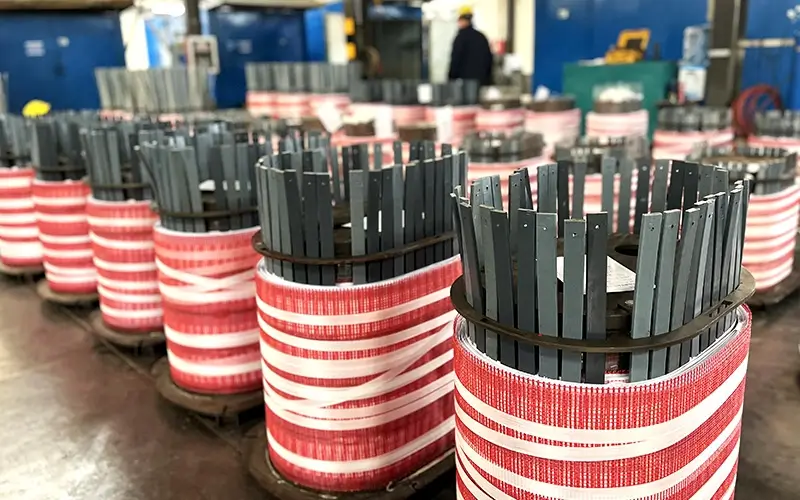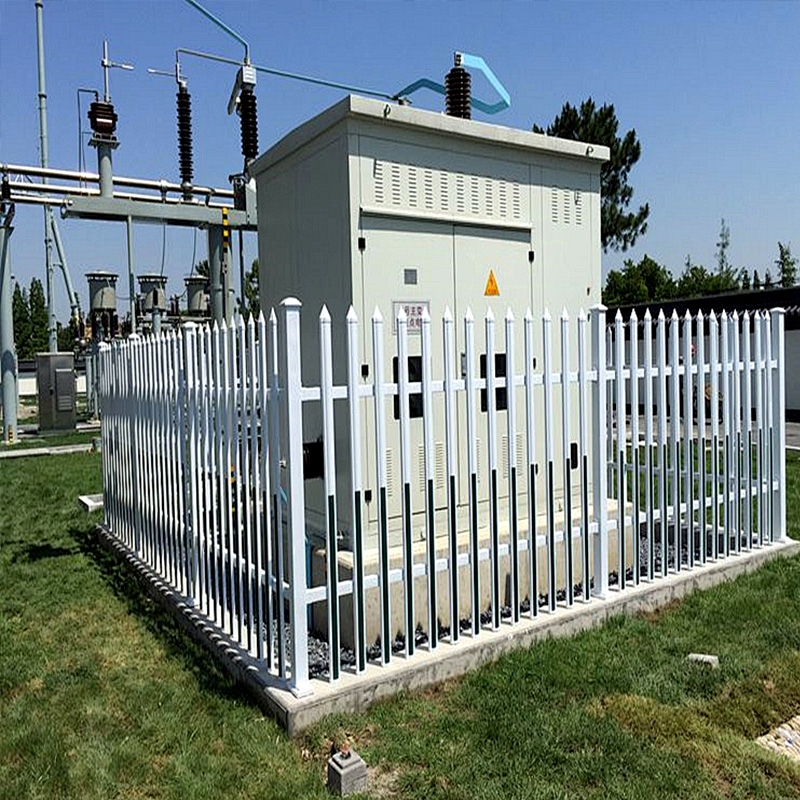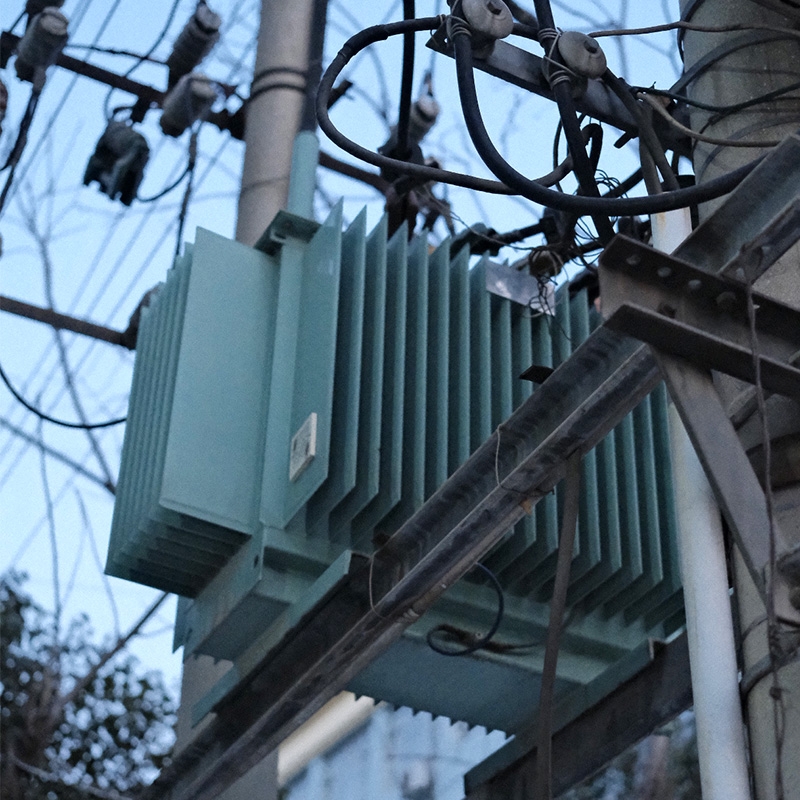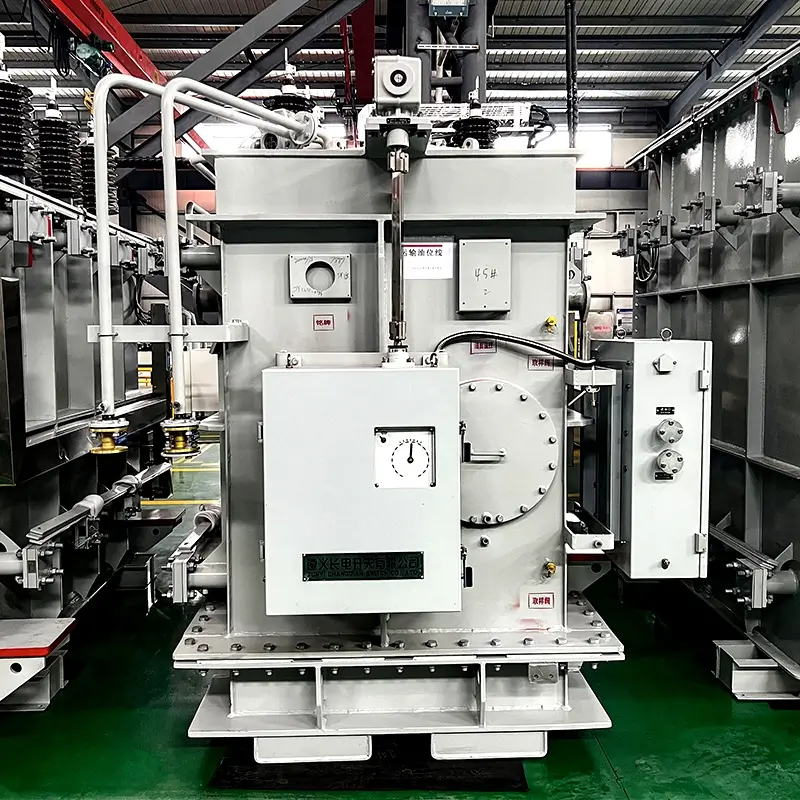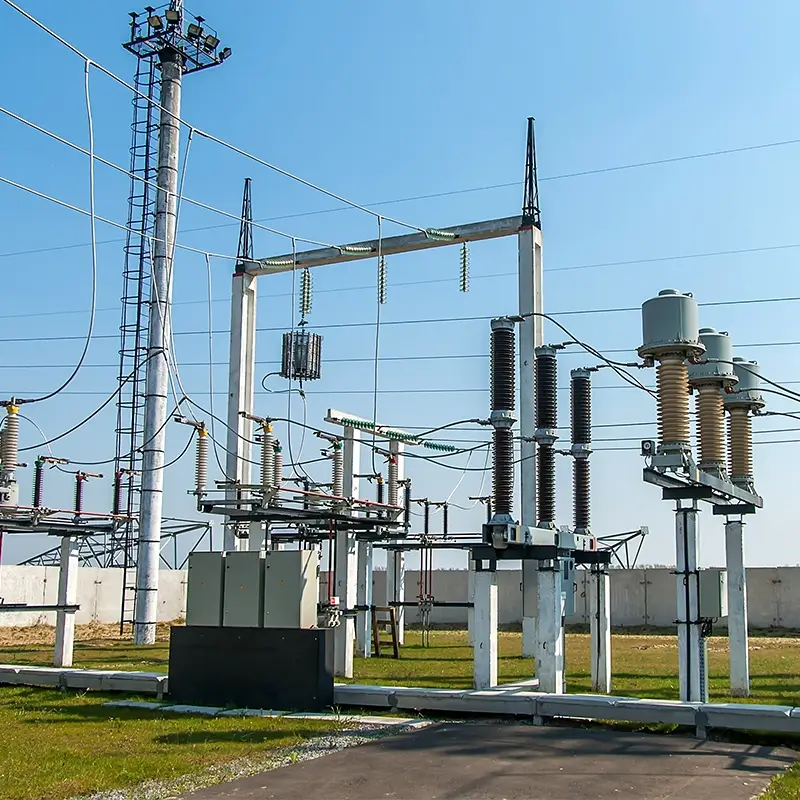My country's current dry-type transformer industry has a good development momentum
Compared with developed countries, my country's market share of dry-type transformers is still relatively low, but with its own excellent application conditions and performance, the proportion of dry-type transformers in the total transformer output will increase to a certain extent. It is expected that by 2020, my country's market share of dry-type transformers will reach about 50%, which is equivalent to the current proportion in developed countries. Therefore, my country's dry-type transformer market still has a long way to go. Compared with developed countries, my country's market share of dry-type transformers is still relatively low, but with its own excellent application conditions and performance, the proportion of dry-type transformers in the total transformer output will increase to a certain extent. It is expected that by 2020, my country's market share of dry-type transformers will reach about 50%, which is equivalent to the current proportion in developed countries. Therefore, my country's dry-type transformer market still has a long way to go. In the past 20 years, with the development of the world economy, dry transformers have achieved rapid development all over the world, especially in distribution transformers, the proportion of dry transformers has become increasingly larger. According to statistics, in developed countries such as Europe and the United States, it has accounted for 40-50% of distribution transformers. In my country, dry transformers currently account for an average of about 15%-20% in large and medium-sized cities, and about 50% in cities such as Beijing, Shanghai, Guangzhou, and Shenzhen. However, due to the relatively small application of dry transformers in rural distribution networks in my country, on the whole, dry transformers account for between 10-15% of transformer applications. Compared with developed countries, the market share of dry transformers in my country is still relatively low, but with its own excellent application conditions and performance, the proportion of dry transformers in the total output of transformers will increase to a certain extent. It is estimated that by 2020, the market share of dry transformers in my country will reach about 50%, which is equivalent to the current proportion in developed countries. Therefore, my country's dry transformer market still has a long way to go. my country's dry-type transformer technology has reached the world's advanced level. According to the "2013-2017 China Dry-Type Transformer Industry Market Demand Forecast and Investment Strategy Planning Analysis Report", there are four structures of dry-type transformers: epoxy resin casting, filler casting, wrapping, and impregnation. At present, Europe and the United States widely use open ventilation H-class dry-type transformers, which are new H-class dry transformers developed on the basis of impregnation, absorbing the characteristics of wrapping structure and using Nomex paper. Due to the high price, it has not yet been promoted in my country. At present, the dry-type distribution transformer with the largest capacity passing the short-circuit test in China is 2500kVA, 10/0.4kV; the dry-type Power Transformer with the largest capacity passing the short-circuit test is 16000kVA, 35/10kV. In 2012, my country's dry-type transformer output was 186.0719 million kilovolt-amperes, making it one of the countries with the largest production and sales of dry-type transformers in the world. Dry-type transformers are now widely used in almost all electrical equipment such as power stations, factories, and hospitals. With the promotion and application of the low-noise, energy-saving SC9 series, the performance indicators and manufacturing technology of China's dry-type transformers have reached the world's advanced level. UHV has become the focus of power grid construction, which will release a large demand for dry transformers. During the 12th Five-Year Plan period, the State Grid Corporation of China will invest more than 300 billion yuan in AC UHV construction. In 2015, it will form a three-vertical and three-horizontal AC UHV synchronous power grid with three vertical and three horizontal lines as the core, add 38 new UHV substations with a substation capacity of 260 million kilovolt-amperes, and build 26,000 kilometers of new UHV AC lines; develop 15 DC projects with a total conversion capacity of 230 million kilowatts and a total line length of 25,000 kilometers. At the same time, China's smart grid construction will give priority to the development of long-distance UHV transmission. Smart grid is the theme of China's power grid development before 2020. Due to the uneven distribution of power resources and power load, China will give priority to the development of UHV transmission. According to the plans of the State Grid and the Southern Grid, the total investment in UHV before 2020 will exceed 700 billion yuan, of which the State Grid will invest 633 billion yuan. Energy conservation and emission reduction efforts will be further strengthened to promote the development of energy-saving transformer products. Before the Copenhagen International Climate Conference, China proposed for the first time a specific greenhouse gas emission reduction target, that is, by 2020, China's carbon dioxide emissions per unit of GDP will be reduced by 40%-45% compared with 2005. During the 11th Five-Year Plan period, my country's energy consumption per unit of industrial added value decreased by 26% cumulatively, with an average annual decrease of 5.8%, achieving energy savings of 750 million tons of standard coal, and supporting an average annual industrial growth of 11.57% with an average annual energy consumption growth of 6.98%. The Ministry of Industry and Information Technology has made it clear that in 2015, my country's energy consumption per unit of industrial added value, carbon dioxide emissions and water consumption will be reduced by 18%, more than 18% and 30% respectively compared with the end of the 11th Five-Year Plan, and the comprehensive utilization rate of industrial solid waste will be increased to about 72%. The power industry is a major energy consumer and pollutant emitter. Historical data show that sulfur dioxide emissions in the power generation sector account for more than 50% of the country's total emissions, and smoke emissions account for more than 20% of the country's emissions. The transmission and distribution sectors consume a lot of energy due to line loss. According to China's power generation of 3.4 trillion kWh in 2008, the electricity consumed in the no-load loss of transmission and distribution lines and substation equipment reached more than 230 billion kWh. The power industry has great potential for energy conservation through the introduction, development, promotion and application of advanced technologies. In the years of technological development, China has a number of energy-saving and emission-reduction technologies that can be widely promoted in the fields of power generation, transmission and transformation, and electricity consumption. As a downstream industry of transformers, the power industry will inevitably prompt the transformer industry to raise the requirements for energy conservation and emission reduction and promote the development of transformer energy-saving products. In recent years, the global market demand for power transmission and distribution equipment has generally shown an upward trend. China is one of the fastest growing markets and has now become the second largest market in the world. Especially in recent times, the acceleration of the construction of projects such as west-to-east power transmission, north-south mutual supply, and cross-regional networking has driven the rapid development of China's power transmission and distribution equipment industry. Judging from the current market development, the dry-type transformer manufacturing industry will usher in a period of sustained and stable development in the next few years. However, there is an oversupply of low-end products in China's dry-type transformer market, while there is a large gap between supply and demand for high-end products. At present, the traditional dry-type transformer market is highly competitive, while the amorphous alloy transformer market and the new material transformer market are occupied by enterprises such as Baoding Tianwei and Sanbian Technology. In short, China's dry-type transformer market has always been in a situation of low-price competition, and it cannot compete with foreign dry-type transformer giants in the high-end market. In the upstream industries of the dry-type transformer manufacturing industry, raw materials account for 70%-80% of the transformer production cost. Since the beginning of 2006, the prices of materials such as steel and non-ferrous metals have fluctuated greatly, which has a great impact on the industry's profitability and will have a certain impact on the production of dry-type transformers. The transformer manufacturing industry relies on the investment of downstream power supply, power grid, metallurgy, petrochemical, railway, urban construction and other industries. In recent years, benefiting from the rapid development of the national economy, the construction investment of power supply and power grid has continued to increase, and the market demand for power transmission and distribution equipment has increased significantly. It is expected that the market demand for power transmission and distribution equipment such as transformers in China will remain at a high level for a long time.
